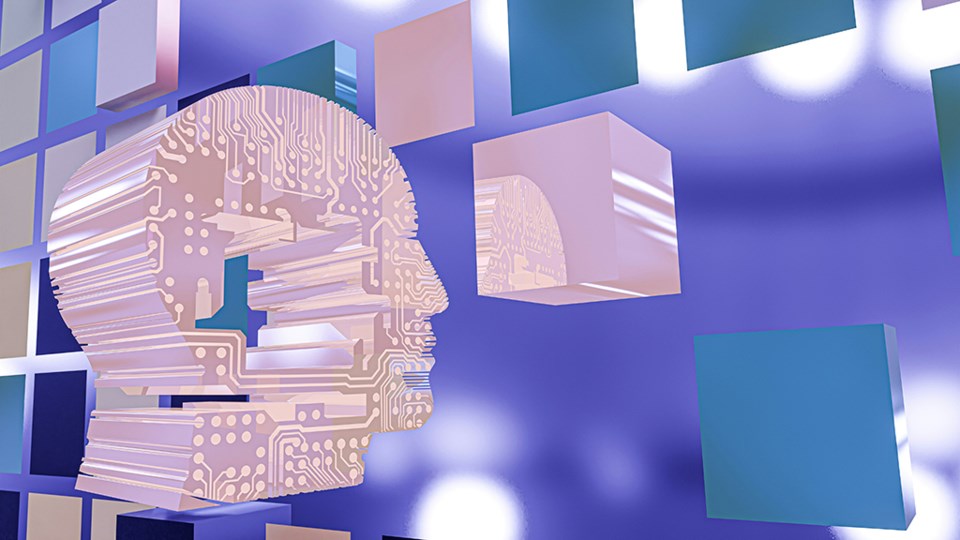Greetings from NYC. I'm happy to be home for a couple of days as we're getting ready for our June events: the AI for Brand Marketers Summit (NYC) and our AI for Brand Marketers at Cannes. I hope you'll join us for both. (Details below.)
In the news: Earlier this week, Boston Dynamics said goodbye to their iconic hydraulic humanoid, Atlas. I wrote its yesterday.
Then, perhaps not surprisingly, Boston Dynamics introduced a new fully-electric version aimed at real-world applications. This new generation of Atlas builds on decades of research, continuing Boston Dynamics' mission to deliver highly capable and useful mobile robots for industry challenges. The new initiative includes a collaboration with Hyundai, which will provide a testing ground for Atlas applications in automotive manufacturing.
The electric Atlas offers enhanced strength and a broader range of motion compared to its predecessors, and it will include new gripper variations to handle diverse manipulation tasks expected in various customer environments. This development aligns with the broader trend of digital transformation in industries, requiring advanced IT infrastructure, comprehensive data models, and safe, efficient operational processes for robots. The video is both cool and creepy; .
Importantly, Boston Dynamics isn't just focusing on hardware improvements; the new Atlas is a serious AI project as well. The company has integrated advanced AI and machine learning tools into its robots, including reinforcement learning and computer vision, to optimize their performance in complex scenarios. Additionally, Boston Dynamics has launched the Orbit software platform, which will soon support Spot, Stretch, and Atlas, and will allow centralized management of robot fleets and digital transformation data.
The design philosophy behind the humanoid form of Atlas is to enable it to navigate and operate in environments built for humans, but with capabilities that exceed human limits in efficiency and movement.
Of course, Boston Dynamics is not alone. OpenAI, NVIDIA, Tesla, Engineered Arts, and a bunch of universities are all over this space. Is it possible that, for some industries, robot workers will outnumber human workers? Amazon employs about 1.5 million people and somewhere between 600,000-750,000 robots. Those robots are not humanoid… yet. So… C-3PO or C-3P-No?
As always your thoughts and comments are both welcome and encouraged. Just reply to this email. -s
ABOUT SHELLY PALMER
Shelly Palmer is the Professor of Advanced Media in Residence at Syracuse University’s S.I. Newhouse School of Public Communications and CEO of The Palmer Group, a consulting practice that helps Fortune 500 companies with technology, media and marketing. Named he covers tech and business for , is a regular commentator on CNN and writes a popular . He's a , and the creator of the popular, free online course, . Follow or visit .




